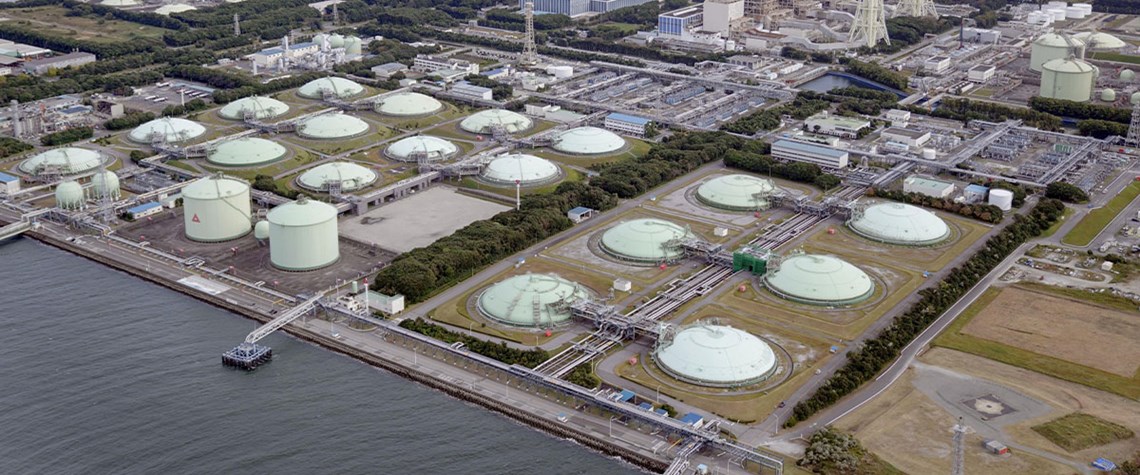Japan and South Korea promise little immediate LNG market relief
East Asia’s power sector use may be poised to shrink from 2023, but demand for the fuel is expected to remain strong this year
LNG demand in Japan and South Korea—respectively the world’s largest and third-largest importers—will remain robust for the rest of 2022, offering little short-term respite to a global LNG market constricted by current and potentially future reductions in Russian output and other supply niggles. But imports could begin to slide next year, as greater nuclear availability and coal combustion combine to reduce gas’ role in the power mix. Unseasonably hot weather in the two countries this summer has supported peak power demand—including from gas-fired power generation—as households and offices crank up their air conditioning. Japanese LNG imports reached 37.54mn t in the first half of 2022, admi

Also in this section
12 December 2025
The latest edition of our annual Outlook publication, titled 'The shape of energy to come: Creating unique pathways and managing shifting alliances', is available now
12 December 2025
The federal government is working with Alberta to improve the country’s access to Asian markets and reduce dependence on the US, but there are challenges to their plans
11 December 2025
The removal of the ban on oil and gas exploration and an overhaul of the system sends all the right messages for energy security, affordability and sustainability
10 December 2025
The economic and environmental cost of the seven-year exploration ban will be felt long after its removal







